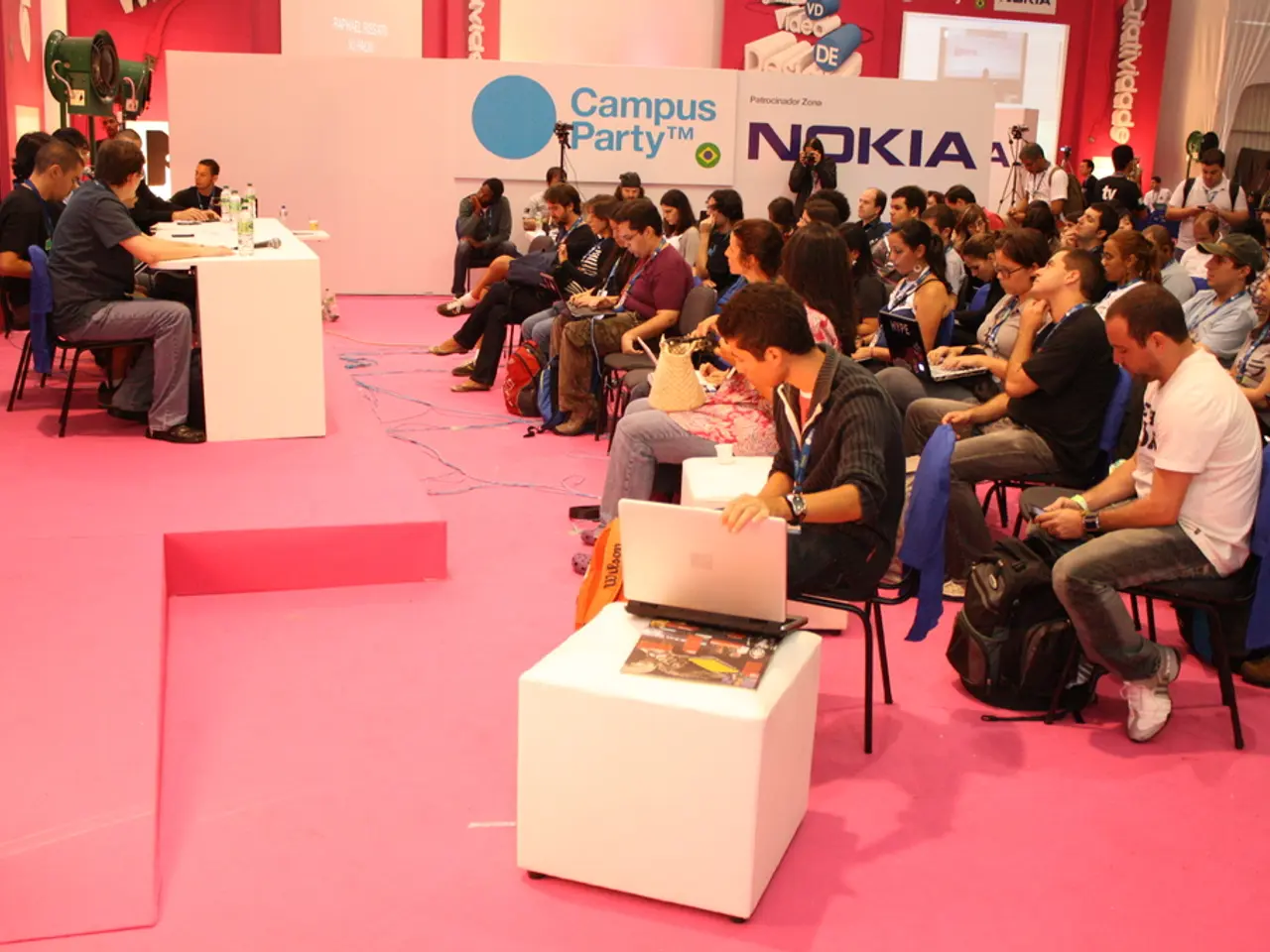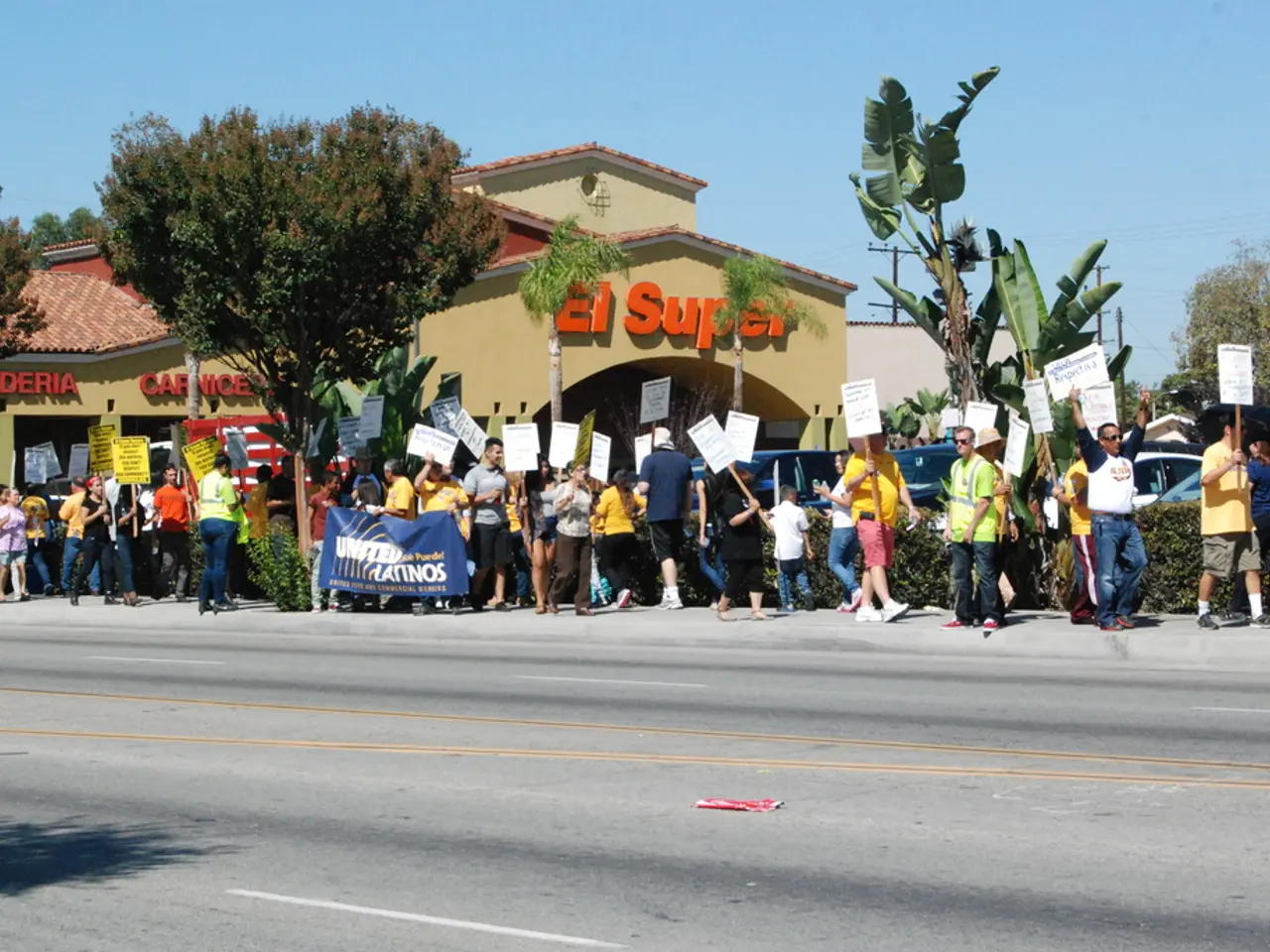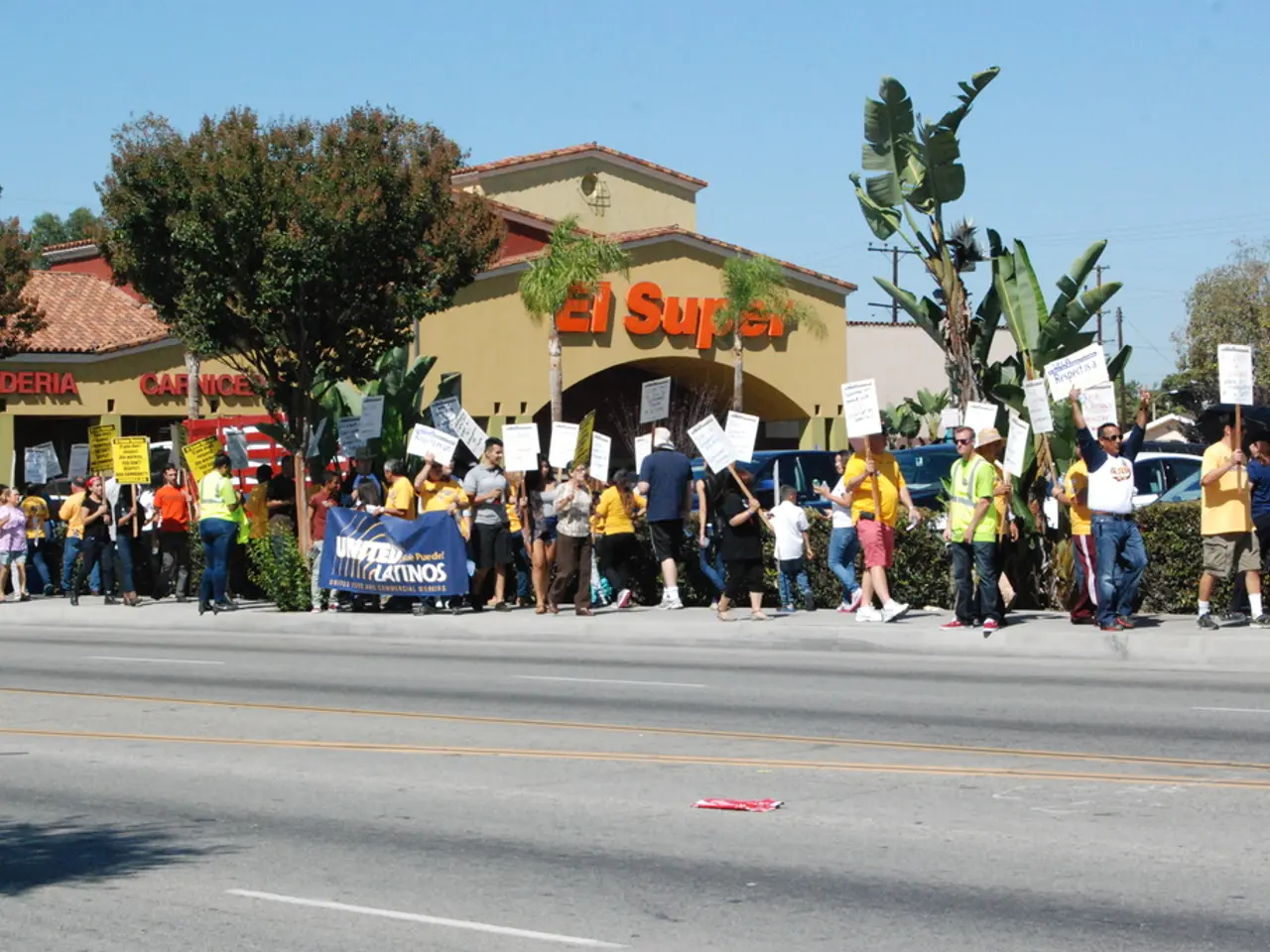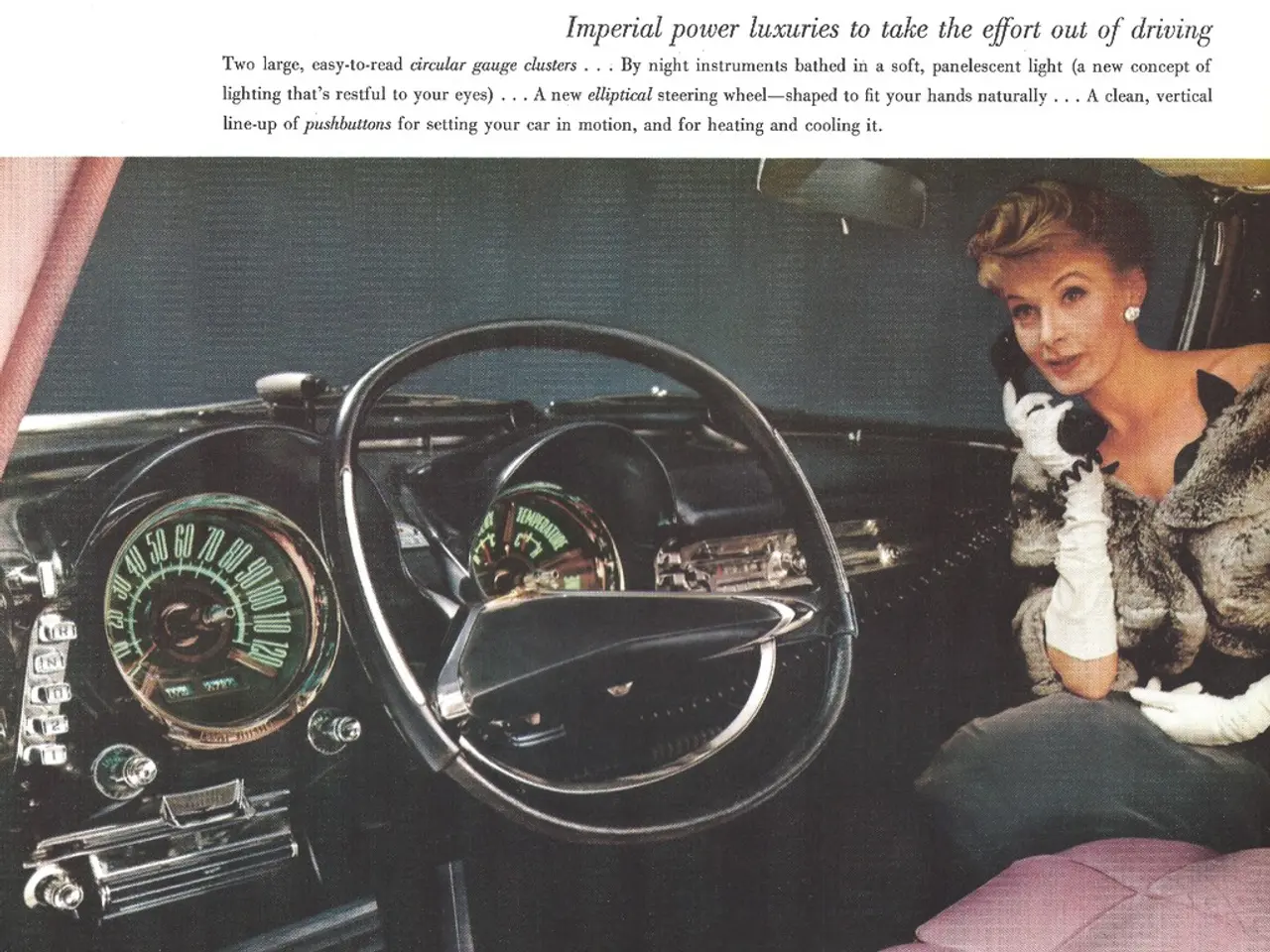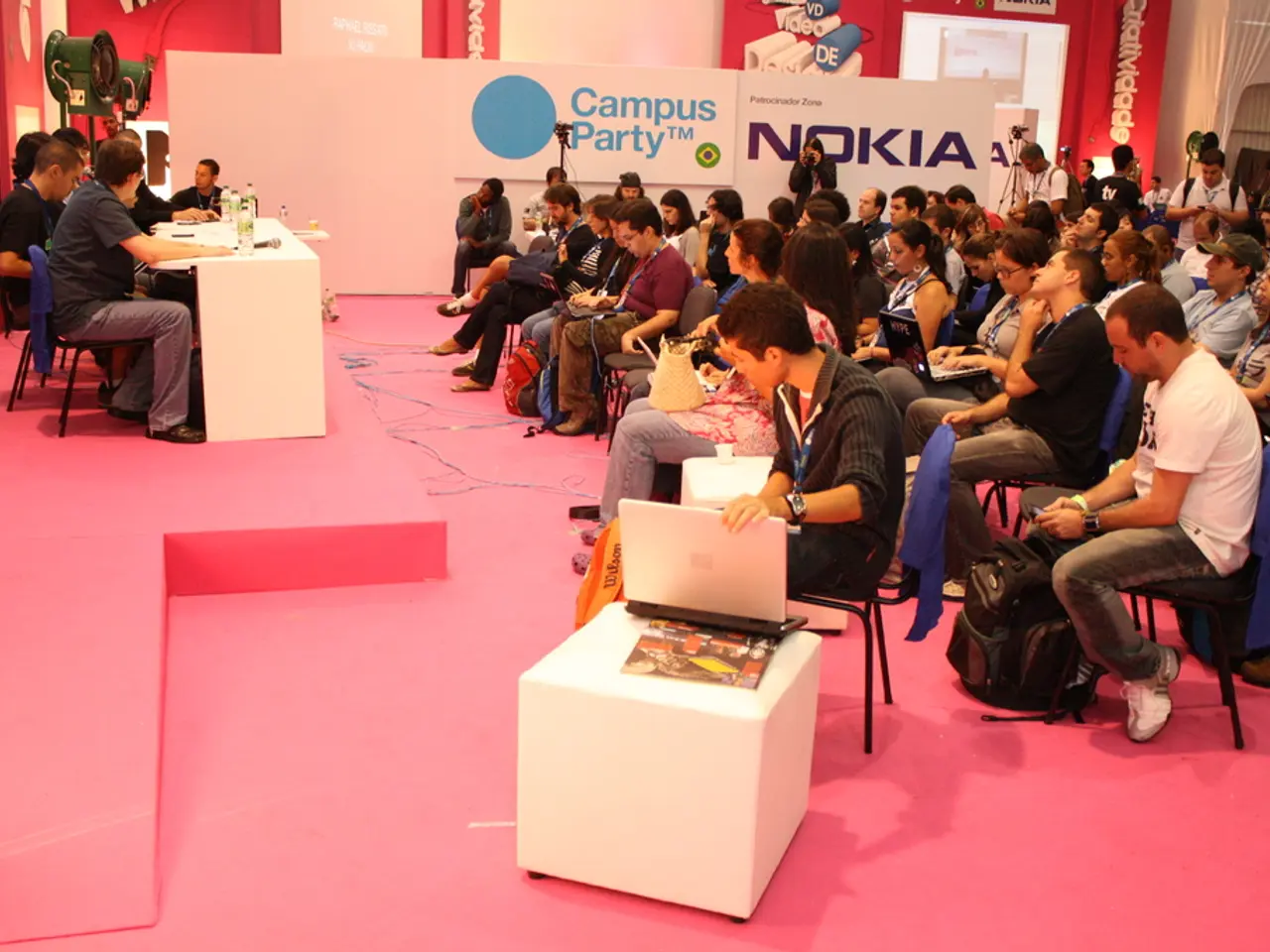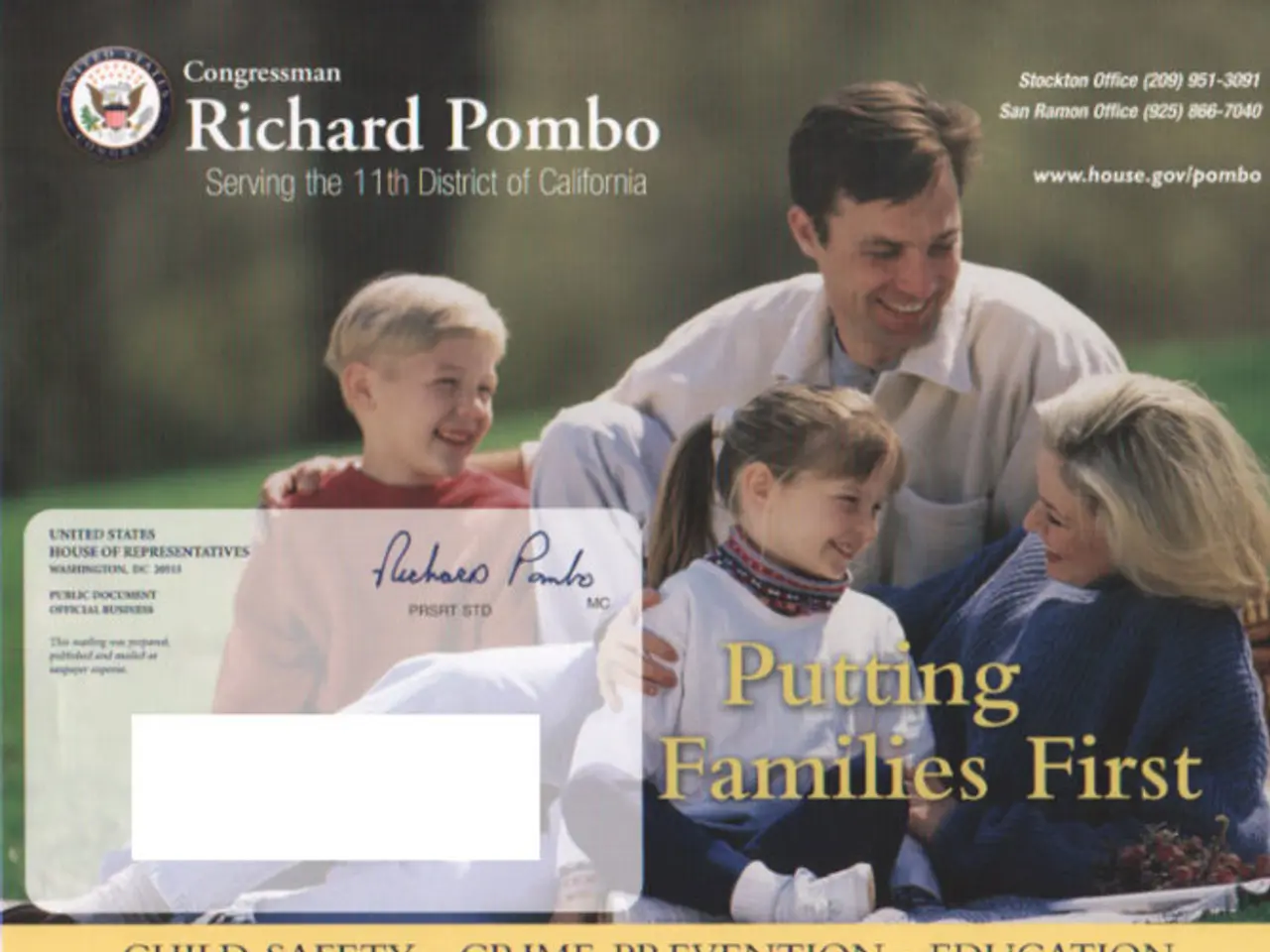'Experience the high-octane world of critical cyclists striving to rejuvenate bike racing via digital platforms, as they promote chaos and destruction.'
In the dynamic world of cycling, a shift has been taking place, with criterium racing stepping into the spotlight thanks to the power of social media. This transformation, particularly on short-form video platforms like Instagram Reels and TikTok, has significantly contributed to the growing popularity of cycling, especially among younger audiences such as Gen Z and millennials.
The wide reach of these platforms is a key factor. With over 2.35 billion Instagram Reels users and more than 1 billion TikTok users, short videos of crit races reach vast audiences who might not have previously engaged with cycling. This accessibility, combined with the engaging nature of these bite-sized clips, has made crit racing more relatable and appealing.
The demonstration effect is another significant factor. Watching crit racers on social media encourages viewers to try cycling themselves, transforming passive spectators into active participants. This shift in engagement is evident in the higher views that online videos of crit races often garner, sometimes double or triple those of the same races on traditional TV.
Moreover, social media platforms have been instrumental in showcasing the fun and community aspect of criterium racing. Clips emphasizing camaraderie and exciting moments at criteriums add to cycling’s appeal by humanizing the sport and making it relatable.
In the UK, where crit racing has waned in mainstream exposure, social media is seen as a potential savior by helping to revive and popularize the discipline organically among grassroots and aspiring cyclists. However, some professional riders are cautious about framing social media exposure as a universal benefit, focusing more on personal performance and traditional race values than on social media gimmicks.
One advocate for crit racing is Owen Lake of Monument Cycling, who is organizing a free event called the Cambridge Criterium. This community event is aimed at creating a sense of community around the races, for both competitors and spectators. The Cambridge Criterium is a testament to the spirit of crit racing, which, according to Lake, is about community.
From announcing race cancellations on Instagram stories to sharing pre-ride setups, starts, and the elation of cycling, riders like Lucy Choules and Harry Macfarlane are using social media to provide a more authentic and messy portrayal of racing. They are using GoPro cameras to capture their rides for sharing on Instagram and YouTube, offering a unique insight into the world of crit racing.
In conclusion, the increase in social media content has boosted cycling's broader popularity by making criterium racing more visible, exciting, and relatable, especially for younger demographics accustomed to consuming sports in short, dynamic clips. This shift in consumption patterns is set to continue, with the IMG Digital Trends 2025 report indicating that over 2.35 billion people use Instagram Reels, and over 1 billion use TikTok. The future of crit racing, it seems, is in safe hands.
Engaging moments of road racing criteriums, captured via social media, have played a crucial role in attracting a new generation of cycling enthusiasts. Bite-sized video clips on platforms like Instagram Reels and TikTok, featuring camaraderie and thrilling race moments, have humanized the sport, making it more relatable and appealing to younger demographics such as Gen Z and millennials.
Community events like the Cambridge Criterium, organized by advocates like Owen Lake, are further highlighting the social aspect of crit racing, fostering a sense of camaraderie among both competitors and spectators. This emphasis on community serves to underscore the shift in focus towards making crit racing more accessible and inclusive, a trend set to continue shaping the future of road racing.

